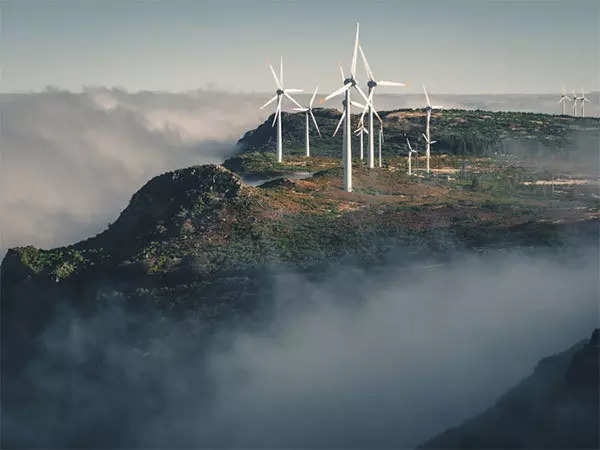
The common thread among industry leaders is the need for enhanced policy support to reduce India’s reliance on imports and bolster domestic manufacturing, innovation, and energy security.
Dr. Amit Paithankar, Whole-Time Director and CEO of Waaree Energies Ltd., pointed out the critical role of domestic manufacturing, stating, “The potential extension and enhancement of the PLI scheme would further empower domestic players to scale their manufacturing capacities and accelerate progress toward achieving 500 GW renewable power by 2030.”
“We urge the government to encourage this by introducing targeted tax benefits and capital incentives. Increasing export subsidies for the renewable energy sector from 1% to 5% would significantly enhance India’s global standing, while providing accelerated depreciation rates for core renewable assets would allow the industry to adapt to the rapid pace of technological advancements,” he added.
As per the government data, India crossed the 200 GW milestone of total installed renewable energy capacity in September 2024. The total installed non-fossil fuel capacity has further increased to 214 GW in November 2024, which is an increase of over 14 percent as compared to the 187.05 GW in the same period last year. Between April and November of 2024 alone, India added nearly 15 GW of renewable energy capacity, almost double the 7.57 GW added during the same period last year.Ratul Puri, Chairman of Hindustan Power, emphasized the importance of scaling up investments in clean energy technologies, particularly solar and wind.”The Union Budget 2025-26 is a great opportunity to build on this momentum and accelerate India’s energy transition. The budget needs to prioritize investments in solar, wind, green hydrogen, energy storage solutions, and smart grid infrastructure,” he said.
Additionally, Puri advocates for the enhancement of the Production-Linked Incentive (PLI) schemes for solar components to reduce dependence on imports, strengthen the “Make in India” initiative, and improve energy self-reliance.
On the storage front, Debi Prasad Dash, President of the India Energy Storage Alliance (IESA), called for a uniform 5 per cent GST on all battery types, aligning them with the lower GST rate on electric vehicles. Dash noted, “Lithium-ion batteries are taxed at 18 per cent, while other types of batteries such as lead acid, sodium, and flow batteries face a 28 per cent GST. In contrast, electric vehicles enjoy a 5 per cent GST rate.”
For Prashant Mathur, CEO of Saatvik Green Energy, the focus is on financial relief for manufacturers in the solar space. He suggested that a unified GST policy on solar panel manufacturing and installations, along with preferential lending rates, would provide manufacturers with the support needed to scale production and attract investment.
Mathur also called for tax incentives and a reduction in corporate taxes for renewable energy companies to drive growth in advanced technologies and manufacturing.
Naresh Mansukhani, CEO of Juniper Green Energy, called for a reduction in GST on solar panels and wind turbines from the current 12 per cent to 5 per cent to make clean energy solutions more affordable and accelerate their adoption.
“The current Goods and Services Tax (GST) on the delivered cost of renewable energy has increased the tariff for wind energy and solar-wind hybrid projects, impacting the affordability of clean energy solutions. A reduction in the GST rate on solar panels and wind turbines from the current 12% to 5% is crucial,” he said.
The renewable energy industry also recognizes the challenges posed by intermittency and the need for robust energy storage systems.
Srivatsan Iyer, Global CEO of Hero Future Energies, noted that continued support for financial mechanisms and a favourable regulatory framework would further drive the sector’s growth, particularly for energy storage solutions and grid modernization.
“India is making strides in renewable energy; however, scaling to 500 GW by 2030 demands strategic integration of circular economy principles, infrastructure development, and innovation,” said Anup Garg, Founder and Director of The World of Circular Economy (WOCE).
Garg called for fiscal incentives and infrastructure development to lower green hydrogen production costs and support its large-scale deployment.
Market leaders highlighted that the renewable energy sector’s growth trajectory is expected to continue in 2025, provided the right policy support is in place.
Amit Jain, CEO and Country Manager of ENGIE India, highlighted that long-term tax incentives, expedited land acquisition, and streamlined approval mechanisms for large-scale projects will be key to maintaining this momentum.
He added that a clear roadmap for energy storage solutions and grid modernization is essential to ensure scalability and resilience.











